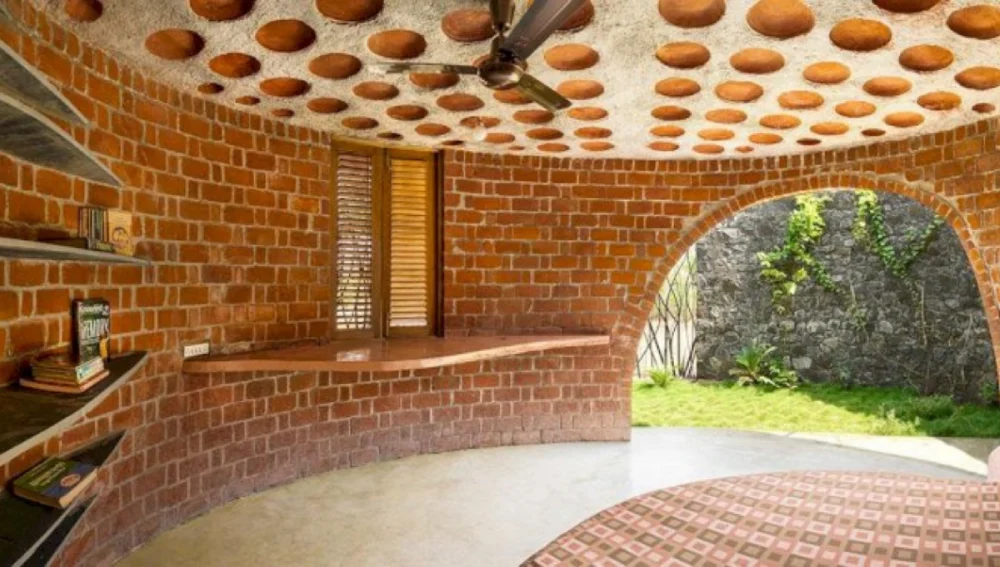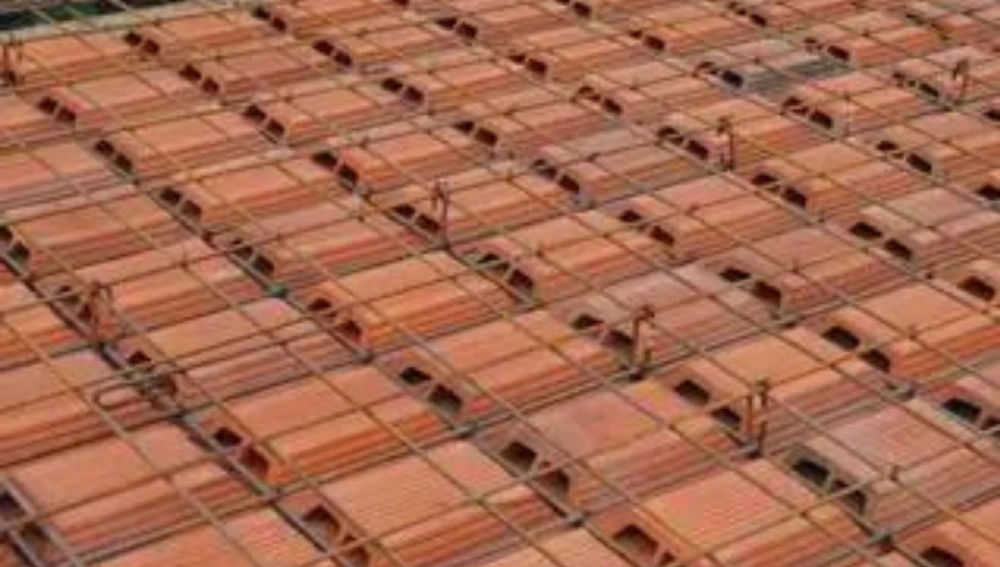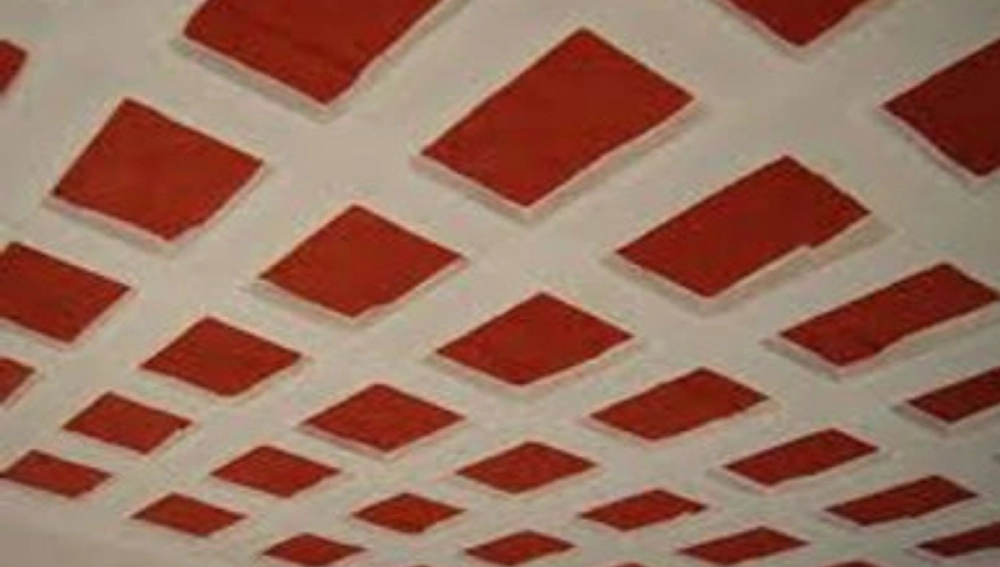Filler slab construction has received significant attention in recent years. This is due to its sustainability, cost-effectiveness, and structural efficiency.
This method helps in reducing the amount of concrete and steel. They use locally available materials like eco-friendly materials.
In this blog, we will see the details of filler slab construction, their working principle, design, composition, planning, process, and their advantages and disadvantages.
What is a Filler slab?

Filler slabs are reinforced concrete slabs designed to minimize the amount of concrete by replacing it with filling material while simultaneously maintaining structural integrity. These lightweight, low-cost Home Construction Materials help reduce the overall weight and price of the slab.
The filler materials are normally placed between the steel reinforcement bars, creating. a ribbed effect.
How does it work?
Filler slabs replace the non-structural portions of traditional concrete slabs with filler materials like titles, clay pots, hollow concrete blocks, or some waste materials like broken bricks or coconut shells.
The filling materials are placed between the reinforcing steel bars that are arranged in a grid or in any individual bars. This forms a lattice structure, which helps the slabs to maintain their structural integrity And rescues the overall weight and materials used.
Filler Slab Composition
Concrete:
Concrete is a mixture of cement, sand, aggregate, and water. It is the main structural component of the slab, providing strength and stability. Concrete is mainly used in the top and bottom layers
Filling Material:
The lightweight materials replace the concrete in the bottom zone. They are non-structural materials like titles, clay pots, or hollow blocks. It helps in filling the space between reinforcement bars.
Distribution Reinforcement:
Steel reinforcements are usually used in the filler materials. This helps in improving the load-carrying capacity and load distribution across the slab.
Top Mesh Reinforcement:
A mesh reinforcement layer is placed on the top of the filler material. They help in improving the tensile strength and also offer additional support.
Bottom Mesh Reinforcement:
This mesh reinforcement is placed in the bottom of the filler material. They help in the maintenance of structural integrity.
Design and Planning
The design and planning of the filler slab need to be done with careful consideration. This involves several factors for providing structural integrity and cost efficiency. Some of the important steps involved are:
- Analysis of load
- Filler material selection
- Designing steel reinforcement
- Designing formwork
- Designing concrete mix
Step-By-Step Construction Process For Building A Filler Slab
The construction of the filler slab involves various steps. Each step needs to be executed carefully to make the final product strong, durable, and cost-effective.

Formwork Installation
Formwork is a temporary mold in which the concrete is poured. Then the slab is formed. In the case of filler slabs, the formwork must support the concert as well as filler materials.
The steps involved in formwork installation are:
- Site preparation
- Installation of support
- Installation of formwork panels
- Securing the formwork
Steel Reinforcement Placement (Grids Or Individual Bars)
The tensile strength required for the slab is provided by steel reinforcement. Some of the placement of steel enforcement are arranged as follows:
Steel grid layout: here the steel bars are arranged in a grid pattern.
Securing steel bars: steel bars are secured by using binding vires at intersections.
Placement of additional reinforcement: additional reinforcement is added if needed if there are any edges, openings, and high-stress areas.
Positioning And Securing Filler Materials
The filler materials are placed in between the steel reinforcement bars. This reduces the amount of concrete used.
First position the filler materials between the steel bars. Then, use wire or other binding materials for securing fillers in place. At last check the alignment of the fillers.
Concrete pouring and curing procedures
Pouring and curing of concrete are important steps in the construction process. The steps in this process are
- Mixing of concrete according to specified design
- Concrete pouring
- Vibrating the concrete for removal of bubbles.
- Levelling the surface
- Curing the concrete for 7-14 days.
Advantages of Filler slab
The advantages of filler slabs include-
- Reduction of weight as they are lighter than traditional slabs.
- Cost efficiency by using less steel and concrete.
- Thermal insulation helps in the maintenance of indoor temperatures.
- Fast and environmentally friendly construction. They are flexible in design.
- They have improved seismic performance and adaptability to local materials.
Disadvantages of Filler slab
Despite many advantages of using filler slabs, they also have some limitations.
- They are complex in design and ,need skilled construction labour They can only be used for a limited time.
- There may also be a need for quality control, as poor-quality materials can affect the structural integrity.
Conclusion
The filler slabs offer an efficient and sustainable alternative for building construction. They also help balance structural strength with material savings. For successful implementation, careful planning, designing, and quality maintenance are necessary.
FAQs
Yes, the filler slabs can offer excellent thermal insulation.
The primary components of filler slabs are concrete, steel reinforcement, and filler materials.
Yes, the filler slabs can be aesthetically customized with visually appealing patterns and designs

